Water is the source of life. Without it, we won’t survive very long. Every morning, we wake up and turn on the tap, whether it’s to boil water for a cup of coffee, to take a shower, or to drink. Rarely do we stop to think that one day, our water supply might run out. There are several reasons why we may not have access to water, including, a natural disaster, a contaminated or polluted water supply, a local emergency, broken water main, or frozen pipes. It’s good to be optimistic about life. However, it’s also wise to prepare for the worst.
Experts suggest that the human body can survive without food for four to six weeks, but we will not survive without water for longer than 10 days. In extreme weather conditions, these timeframes will vary. Ideally, each person should have one gallon of water to last them for two weeks. There are typically 4 people in the average family, so you should have at least 56 gallons of water in storage. It is not advised that you go out and buy a stash of bottled water, it is far cheaper to find some durable containers, fill them with water and store them in a cool, dark location. The bad news is that there is plenty of misinformation online about water storage, so as experts in this field, we want to dispel some of those myths and let you know the right way to store water.
Myth # 1: Water Will Expire When Stored For a Long Time
Water is made up of hydrogen and oxygen which means you can store it for years and it won’t expire. However, for your own peace of mind, you can empty, wash and refill your jerrycans once a month and drink it straight out of the container. On the other hand, when it comes to long term storage, if the containers were not sterilized before being filled with water, there is a chance that it will get contaminated with microorganisms. In which case, you will not be able to drink the water straight out of the container. The good news is that you can make the water safe again by boiling, purifying, or filtering it.

Myth # 2: Water Can’t be Stored Without Adding Chemicals to it
Many times that water that comes from a tap in the United States was purified at the water treatment plant. Therefore, there is no need to add any additional chemicals to it before filling your storage containers. It is also important to note, that even if there is additional purification, there is still a chance that microorganisms will grow in the water if it is stored for a long time because chemical purifiers will eventually evaporate. If you are going to purify the water at any stage, it should be done after a lengthy storage period and shortly before you are about to drink it as mentioned in myth number 1. Additionally, if debris has found its way into the water or there is a lot of growth, you should take extra precautions and filter the water in conjunction with purification. A great recommendation is the Lifesaver filter, it eliminates both debris and suspended pollution with 99.9% efficiency.
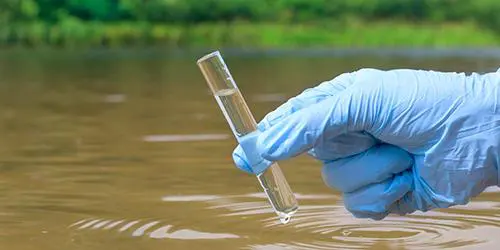
Myth # 3: Water Tanks Are Enough in Case of an Emergency
It is advised that you are well prepared with tanks of water in case of an emergency. However, if the emergency requires you to leave your accommodation without a vehicle, you won’t be able to carry tanks of water on your back. The most efficient way of carrying water is by using a hydration system such as a Camelbak, as well as carrying as many military bottles as you can.
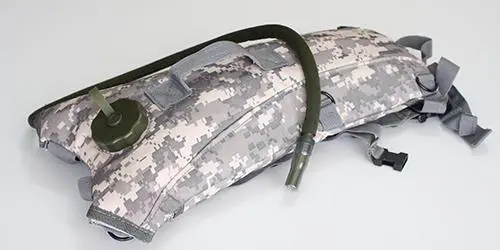
Myth # 4: You Can Store Water in Any Container
This is true in an emergency situation where you are only storing water for a short period of time. However, for long term storage, you will need something more sustainable because biodegradable containers will start to erode after a few months. As these containers deteriorate, they release chemicals into the water which have the potential to be harmful. You should also avoid any type of clear disposable bottles because they absorb light and speed up the process of microorganism growth.
The most durable storage containers are plastic barrels made out of food-grade polyethylene. Blue barrels are the most effective because they shield the water from intense light exposure. Blue barrels allow light to come through in wavelengths and this slows down the growth of microorganisms. Military water containers are another option, they are made from a material that doesn’t allow light in at all which guarantees fresh water over the long term.
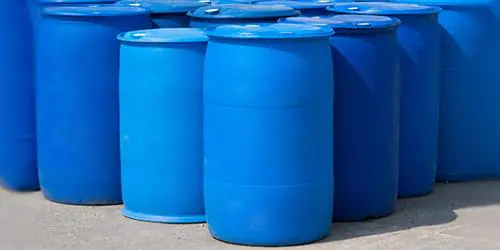
Myth # 5: Access to a River/Pond/Well is a Substitute For Water Storage
If you have access to large supplies of water through a pond, river, or well, you are safe up until the emergency means that you can’t leave your house. Since there are countries making nuclear weapons as I write this, it is not unrealistic to prepare for a nuclear attack, in which case, not only will any outside water reserves become contaminated, but you won’t be able to go outside until radiation is at a safe level. Your water is better protected when it is stored in containers in your home.
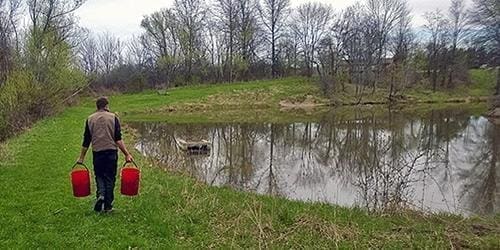
Final Thought
It is essential that you prepare for an emergency now, do not get complacent about having a good supply of running water either in your home or your local area because it is impossible to predict when this supply will run out.
You may also like:
How To Organize Your Garden For Maximum Harvest 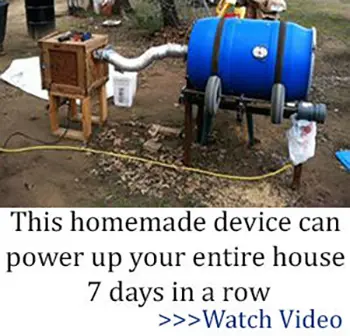
Do You Know Why You Should Never Put A Tall Fence Around Your House? (Video)
How To Make A Self Feeding Fire
5 Recipes That You Can Make If You Live Fridge-Less
The One Tree That Every Homesteader Should Plant
If You Have This Plant in Your Backyard, You Will Never Run Out of Soap

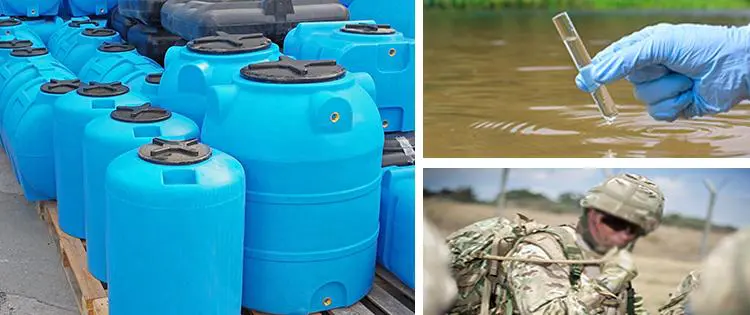








Hi! I enjoy and appreciate your articles, but you didn’t tell where you can buy any of the containers you recommended. Would you please send me that information?
Thank you very much
Ebay and Amazon both have these containers.
I looked on Face Book Market place and found several folks in our area selling several types of containers
I very much enjoy your articles and rarely take issue with anything said. But this… “Any water that comes from a tap in the United States was purified at the water treatment plant. ” There are many, many, many rural households (such as mine) that get their water from a well. Not from a water treatment plant.